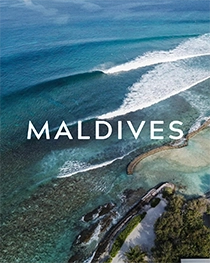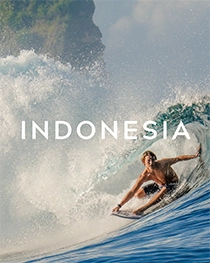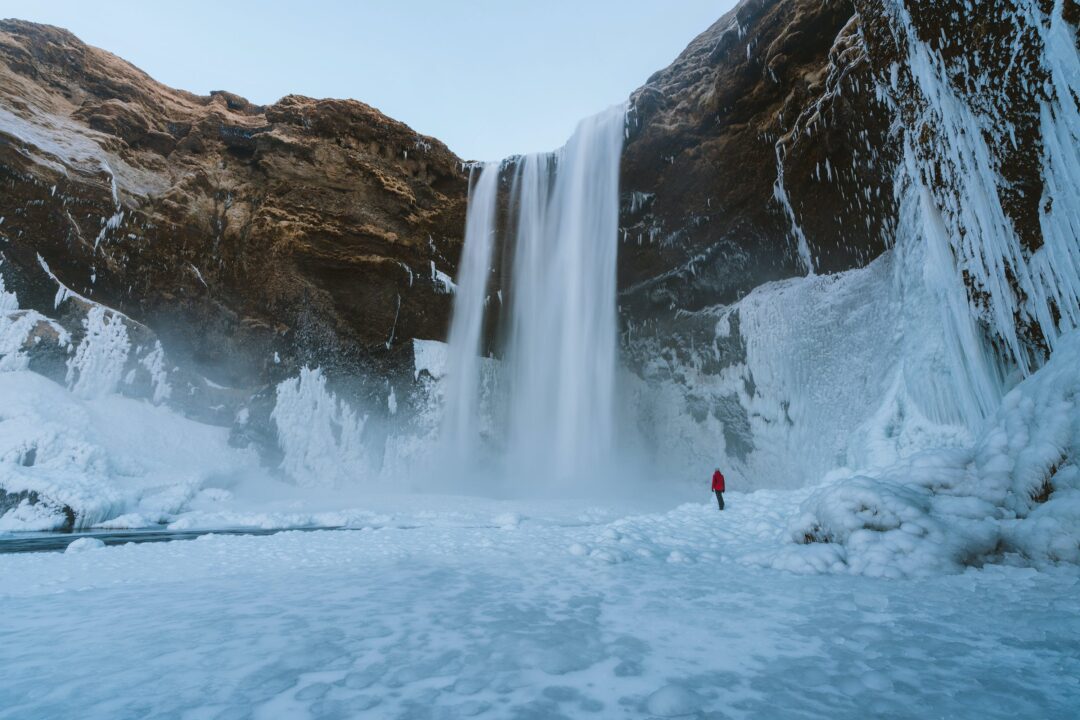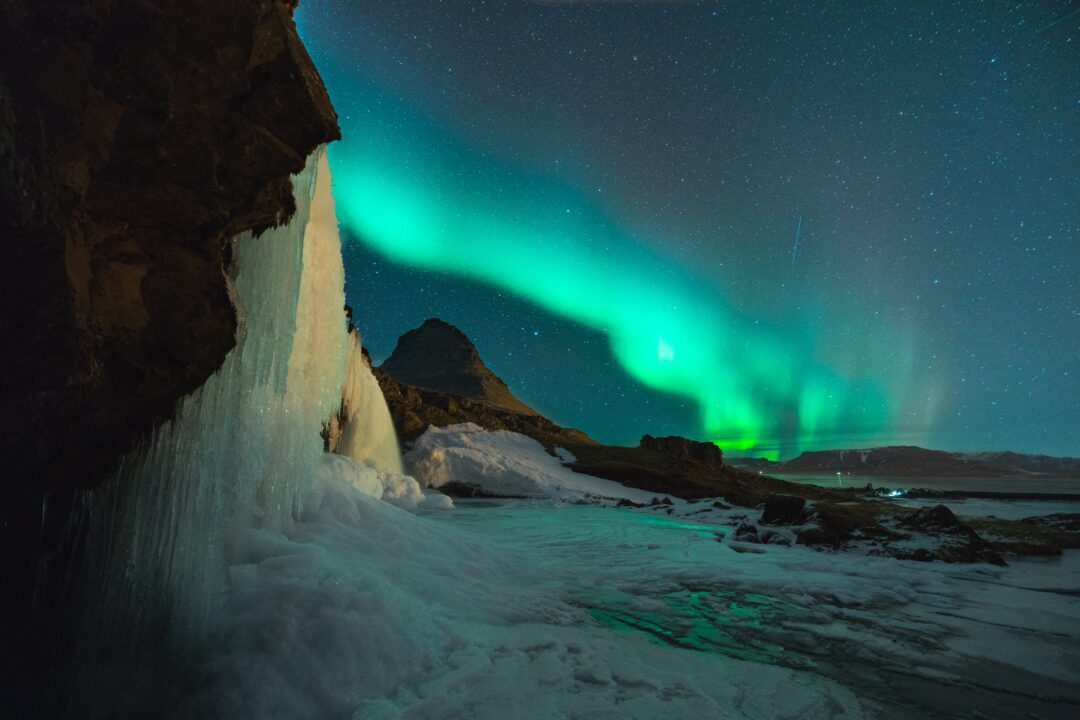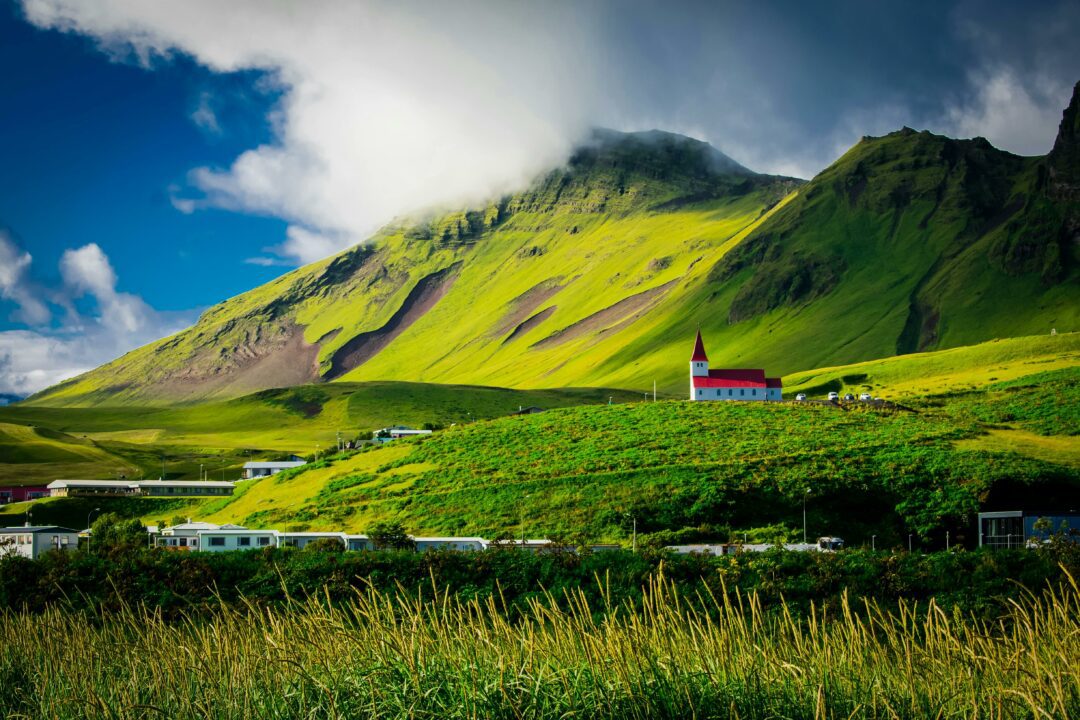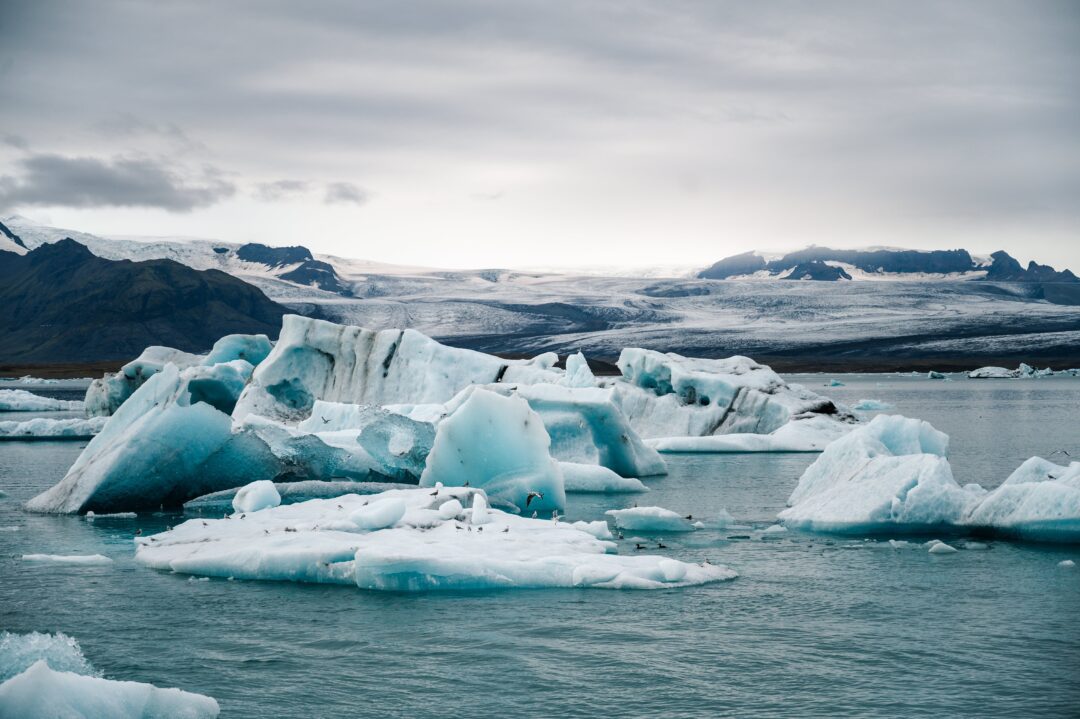Iceland Surf Travel Guide
With 5000 km of coastline to explore across Europe, Iceland presents a rare opportunity to surf virgin territory. Most Icelandic surfing is done around the Reykjanes Peninsula, close to Reykjavik in the Southwest. Most of the waves break over volcanic reef or basalt rocks. It is cold, but not as cold as you think, and the surfing frontier of Iceland is, dare we say it, just the tip of the iceberg.
What we love
Unexplored surf territory
Beautiful scenery and unique adventure
Extended daylight hours during the summer months make it easier to fit more into your schedule
Winter is the most consistent swell season
When to go
Winter is the most consistent swell season with excellent wave regularly hitting all sides of the Reykjanes. The problem in mid-winter is getting the right conditions to conspire in the very short span of daylight. Strong winds, chilling temperatures, snow storms and large tidal fluctuations are just some of the variables. September to November can be good months, with manageable air and water temperatures, and frequent low pressures. May-August sees plenty of summer flat spells in the southwest and could be a good time to explore the east and the north coasts for Arctic wind swells
Best Surf Breaks
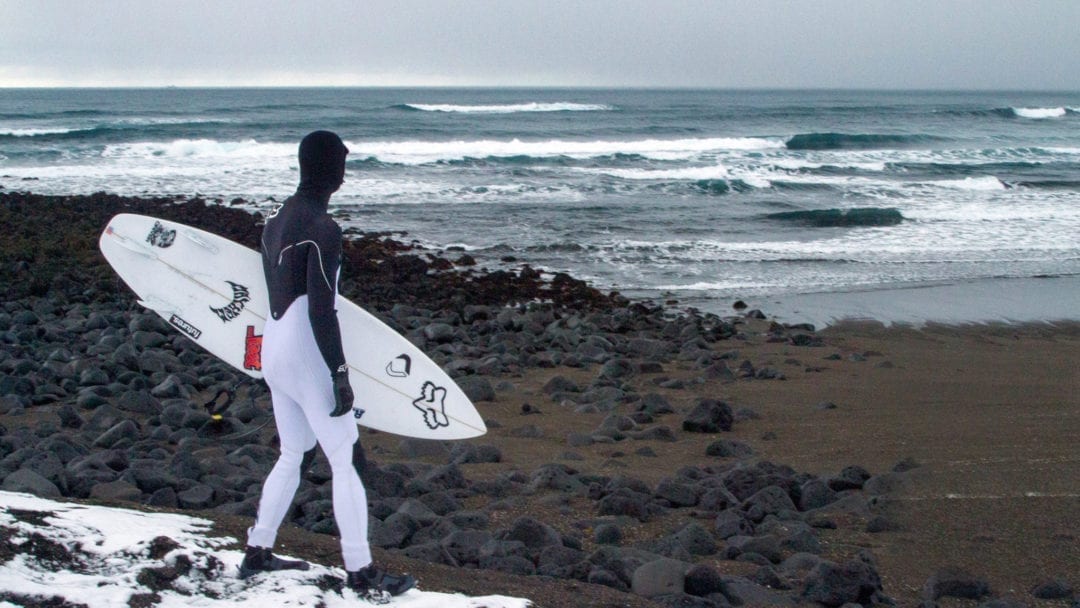

Sandvik
Black sand beach that was first pioneered by surfers based at the US Airforce base in the 1980s.
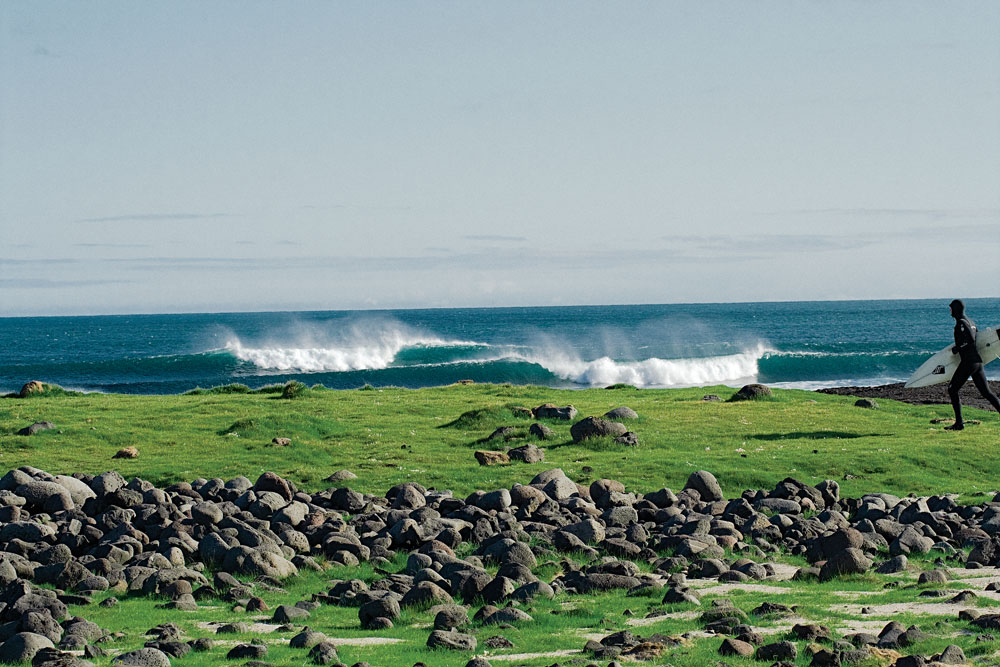

Grindavik
Right hand reef break on the south facing coast of the peninsula that picks up all swell.
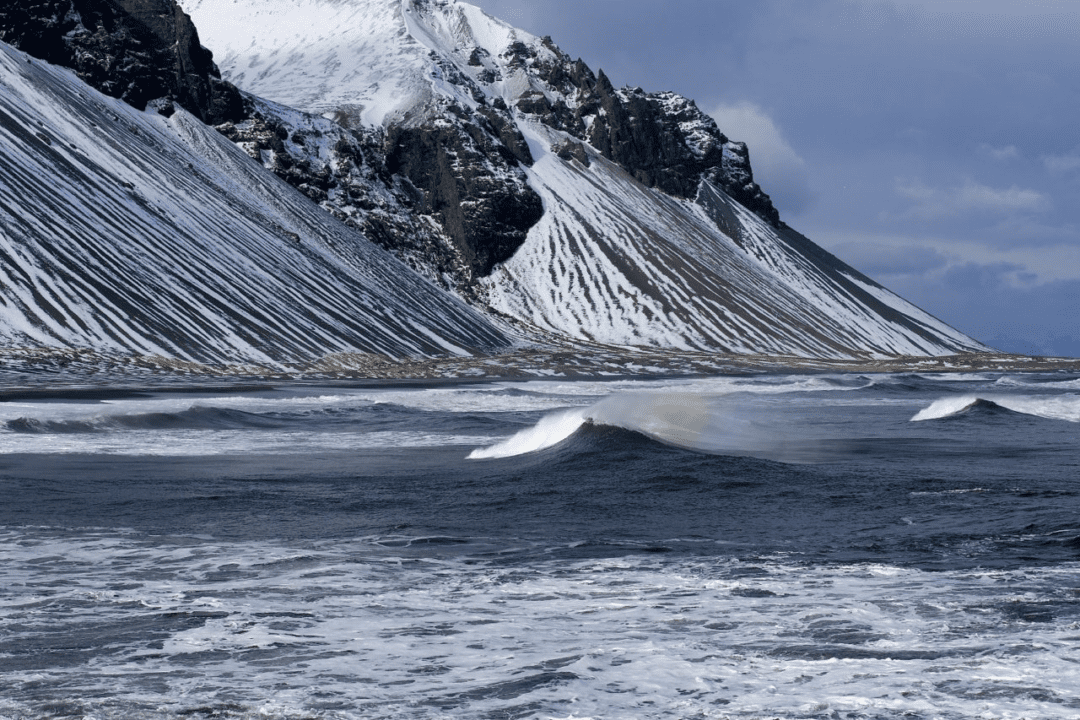

Thorli
Right hand point that can handle bigger swells and offers up some workable walls, Iceland’s most well-known wave.
Attractions
The summer months of May to September are the best time for whale watching. On a clear night in the darkness of winter, you can watch the aurora borealis – a light show without lasers or trickery, just electrically charged particles entering the earth’s atmosphere. In Landmannalaugar you can explore ice caves, mountainous Mars-like landscapes, lava fields and a volcano. After resting your tired feet in the geothermal waters of the Blue Lagoon, head back to Reykjavík and enjoy a panoramic view of the city from the nature inspired Hallgrímskirkja church. The extended daylight hours during the summer months make it easier to fit more into your schedule, and where else can you surf a midnight?
The Country
This Nordic country is located in the North Atlantic, just below the Arctic Circle. It’s volcanically and geologically active, and the least densely populated country in Europe. Warmed by the Gulf Stream winter temperatures in the southern lowlands still average 32° F (0° C) in winter. The summer, characterized by the ‘midnight sun’, has average temperatures of 50–55° F (10-13° C) in the warmer south. Warm clothes are recommended all year round, and water temperature can be just above freezing. The capital, Reykjavík, is located in the south-west and is home to two-thirds of the country’s population. In the evening – assuming you’re not booked in for an early start – enjoy the vibrant nightlife and live music as the city’s residents celebrate the bright sky.
Getting There
Iceland’s Keflavík International Airport (KEF) is 30 miles (48km) southwest of Reykjavík and is served by Europe and North America – although some carriers only fly from June to August. Buses transfer to Reykjavík for $15 and are recommended over taxis ($110). Cars can be rented at the airport, but it is advised to pre-book.
Travel Information
Time Zone
UTC 0
Currency
ISK
Calling code
+354
Electric
230V – Plug: C, E, F





